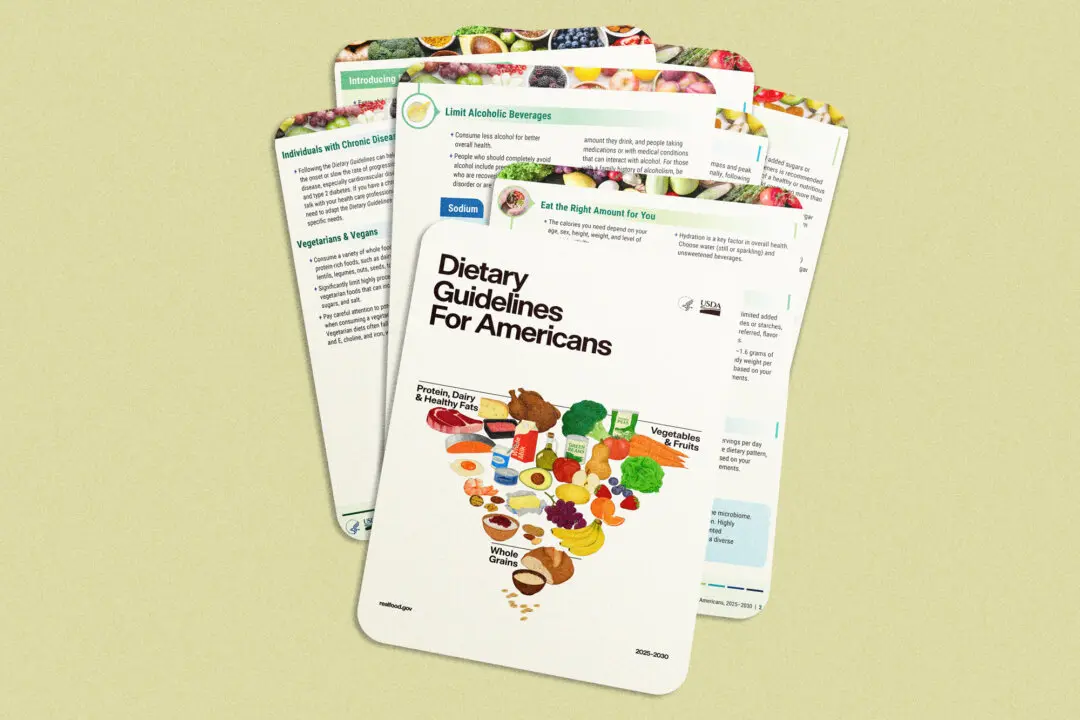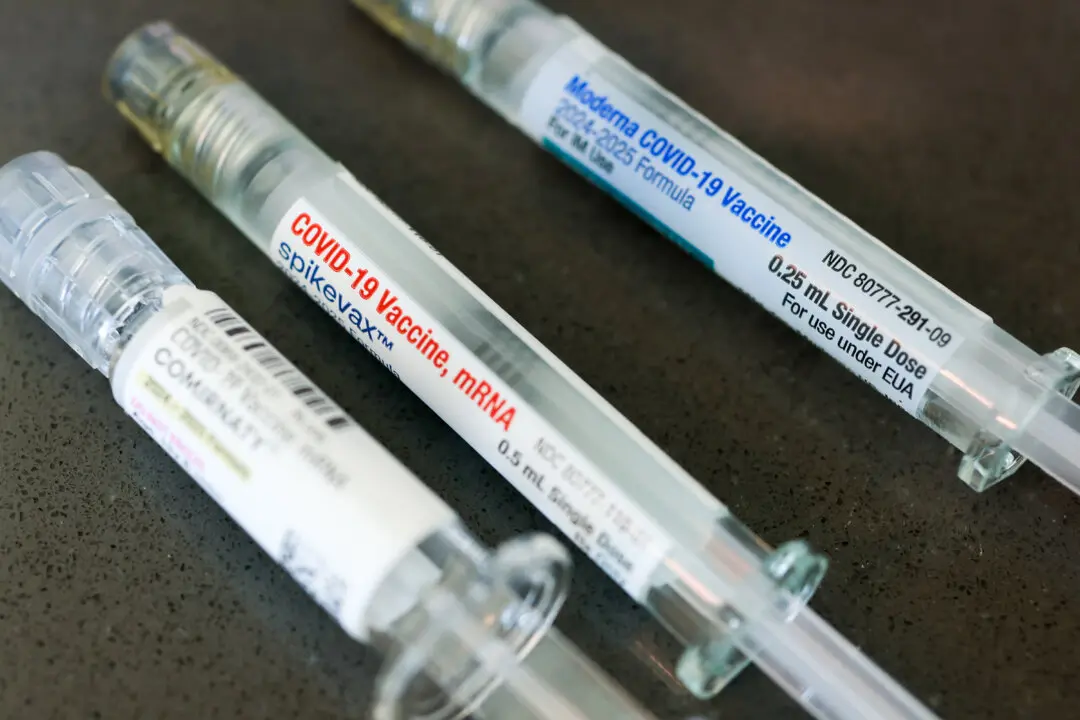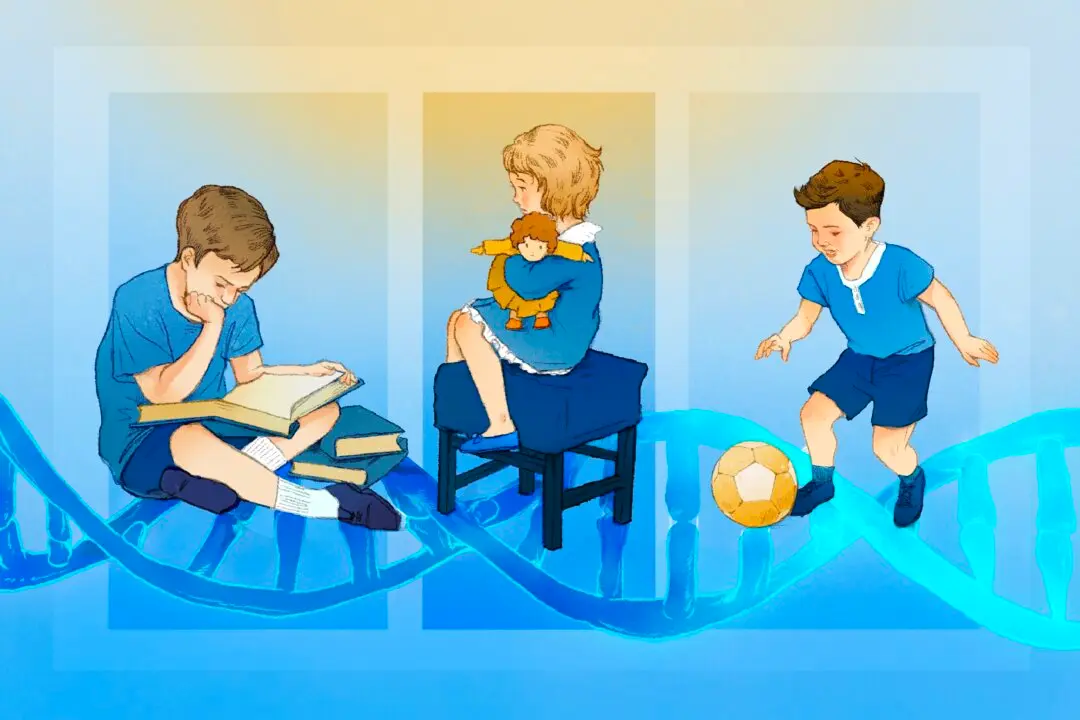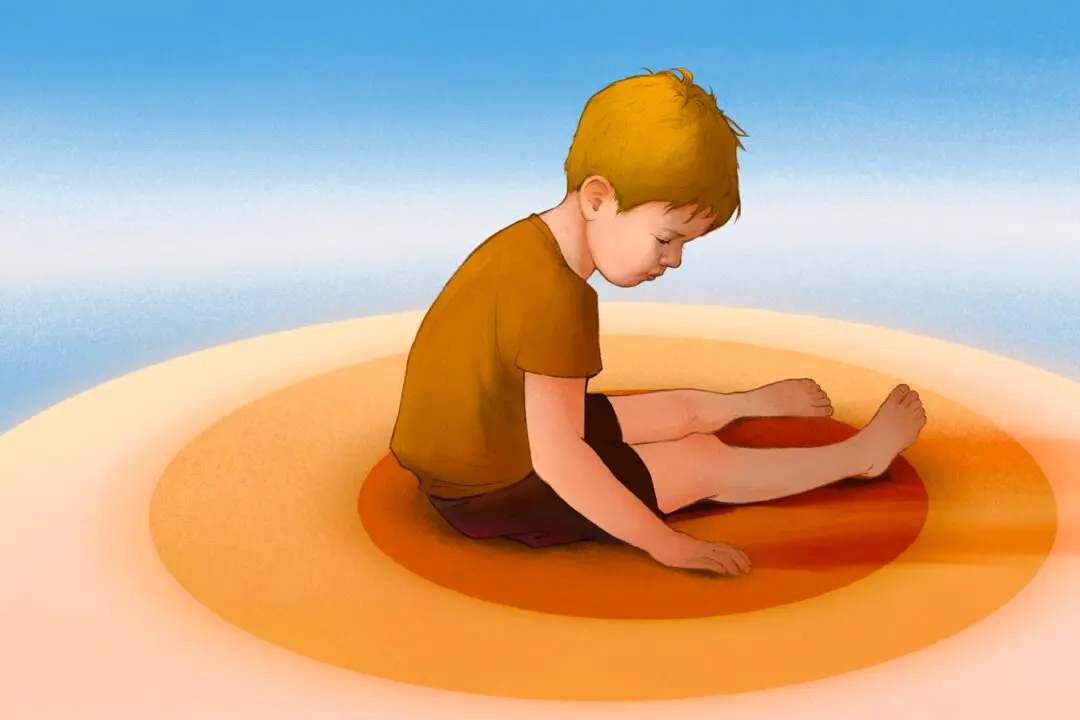The Australian Dental Association have expressed their concern at the “downward trend” of teeth whitening treatments done by professionals as teeth whitening outside of professional supervision increases.
According to ADA’s survey on a sample of 25,000 Australian adults, only “1 in 3 adults whitening their teeth and the supervision of a dental professional.”





